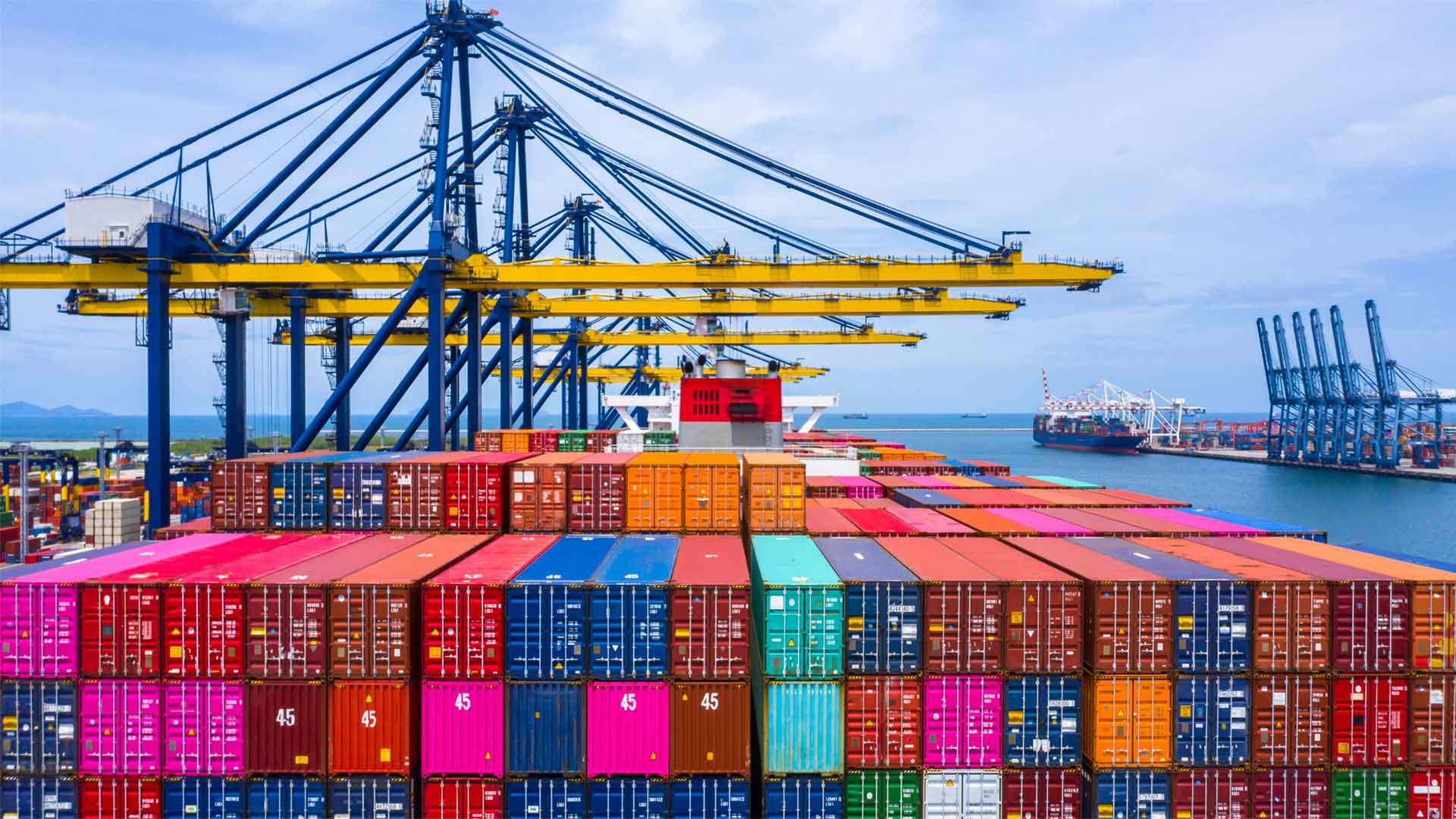There is no single solution to the problem of increased shipping and logistics costs.

Supply chains are creaking across the world. In North America, corporates have seen the cost of moving a shipping container from Asia increase twenty-fold, while risk management specialist Gallagher estimates UK high street businesses have lost £9.3bn as a result of supply chain disruptions over the last 12 months.
Data from IHS Markit suggests that it takes three times as long to unload a container at a US west coast ports as it does in China. An obvious solution is to get more people working across the supply chain, but that is an issue no corporate can resolve on its own.
What corporates can do is attempt to renegotiate their logistics costs. According to research conducted by Gallagher, one-in-six UK businesses have done this successfully (although a similar percentage said they had simply absorbed these increased costs). Exploring alternative shipping routes might be a possibility, but this has to be weighed against the impact of longer delivery cycles.
Switching to local suppliers is another option worth exploring. Fifteen per cent of the companies surveyed by Gallagher planned to switch to domestic suppliers in 2022 to avoid cross-border shipments, while 28% of the 500 medium-sized businesses surveyed by BDO in July planned to on-shore suppliers by the end of this year, explains partner Ed Dwan.
“Almost a third (29%) intend to increase the cost of their product or service, while a similar percentage have reduced the product lines or services they offer,” he adds.
Stephane Crosnier, Accenture’s Supply Chain and Operations Lead in the UK, says some companies are reviewing their haulage and delivery contracts to see whether there is scope to partner with other businesses to reduce empty space in containers and vehicles and this improve efficiency.
“Another medium-term solution is to re-evaluate service levels,” he says. “Prioritising premium customer delivery is key, but it is possible that internal service levels could be reduced. For example, some stores or branches may be able to cope without a daily delivery if they have enough inventory.”
However, he also acknowledges that corporates shouldn’t be looking at logistics purely as a cost and that measures to offset higher prices need to be weighed against the knock-on impact on the customer experience. “Longer dispatch times or reduced stock, for instance, may hurt customer relationships,” he adds.
Technology has a role to play in improving the transparency of supply chain flows, according to Amy Shortman, Vice President of Overhaul. Risk management platforms can aggregate data from logistics ecosystems into a single unified view, enabling shippers to ensure they are getting the service they have procured.
“Consumers have come to expect near real-time information on shipment status and arrival times as standard,” she says. “How this data can be used when combined with situational details is where the transformation occurs – bringing in external variable factors that may impact the shipment such as weather, traffic or even risk levels of cargo crime.”
The due diligence process is often not detailed enough when it comes to second or third-tier suppliers and for many businesses there is a worrying reliance on a single supplier in one part of the chain, adds Neil Hodgson, Gallagher’s Managing Director of Risk Management. “Businesses also need robust continuity management policies and procedures,” he says.
In the meantime, corporates may look to cash in over the festive season. Paul Martin, UK Head of Retail at KPMG, observes that limited availability of stock has created strong pricing dynamics, which means we are unlikely to see any major discounting this Christmas as retailers bank on consumer willingness to buy the most sought after items at any price.